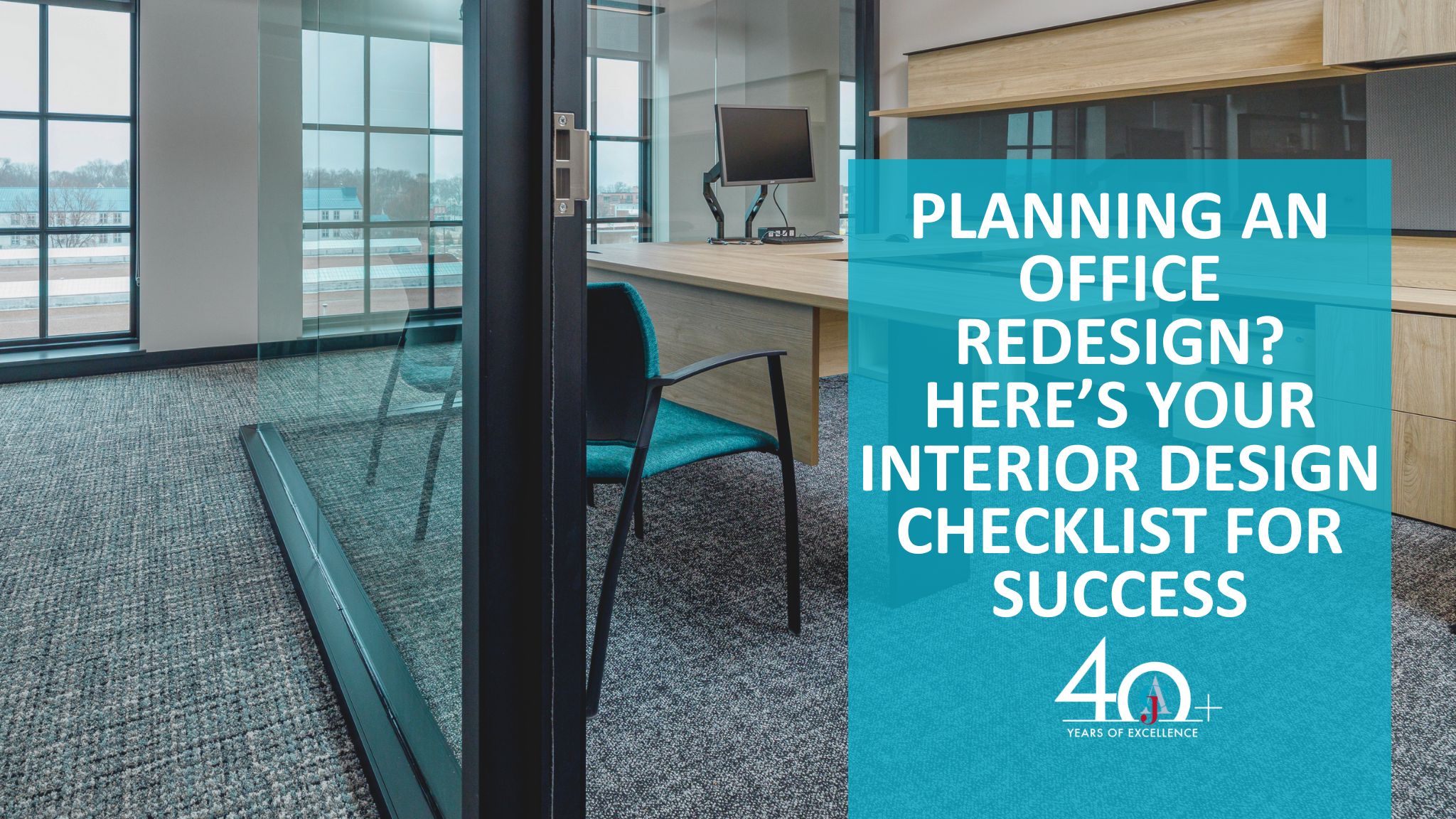The face of work is changing in real-time, with aftershocks from the seismic shift in how offices function in the face of a global pandemic. Your workplace must be able to not only roll with these changes as they happen but accommodate new changes as the world inevitably evolves to a new baseline of normalcy.
Modernizing your approach to office workstations can have a huge future-proofing impact on your space while boosting productivity and morale. But only if they’re executed with careful and intentional planning.
In the past, offices were designed around the traditional workweek: Monday through Friday, from 9:00 to 5:00 pm. Most office workers had their own desks, and they typically stayed put in their assigned space for almost the entirety of their workday.
With the rise of remote work and more flexible on-site arrangements, the traditional office is becoming a thing of the past. This doesn’t mean office work is dead, but it does mean that the way they’ve historically functioned must greatly change to keep up with the pace of the modern world.
Why Office Workstations Matter in a Post-COVID Economy
Office workstations are and will be one of the most important elements in workplaces with an eye to the future. To be effective, though, they must be designed to support a variety of work styles, to be comfortable, and to foster productivity. Here are some of the key trends to look for in emerging office workstation design:
- Flexibility and Adaptability – Office workstations must be able to accommodate the needs of your team and their individual work styles. The best and most effective stations are easily reconfigured to support quick changes from collaborative work and group meetings to individual work and optimized for each scenario.
- Comfort and Productivity – There’s no denying that comfort and productivity go hand-in-hand, especially in an office setting. An ergonomic design to support healthier posture helps reduce fatigue while equipping each station with the right tools and technology supports their ability to work efficiently and effectively.
- Collaboration and Connectivity – Occasionally, great and actionable ideas come from one person’s “eureka!” moment. More often, though, major breakthroughs come through brainstorming and collaborative conceptualization. Therefore, office workstations must be capable of supporting an individual working with minimal distraction but also designed to make room for everyone working together to share ideas.
As a business owner, office manager, or decision maker, now is a great time to start thinking about workplace design that will be just as effective in the future as it is now.
Tips for Designing the Office Workstations of the Future
Incorporating key trends in office workstation design also sends your team a loud and clear message. They will know you are on their side, ready to help them reach their full potential. Of course, all of that comes through an improved office environment. These design tips can help you send that message, improve overall morale, boost productivity, and potentially reduce employee turnover.
Consider the different kinds of projects that will be worked on in your space. Think about what your team does every day now and what you see them doing in five years. Will they be working mainly in a group setting or with more emphasis on distraction-free solo work?
You know your office workstations should be flexible and comfortable for peak productivity, but what that means can be challenging to line up with the unique needs of your business. This is where the help of a professional workspace design team can make.
CJ & Associates are the experts in helping you turn your vision for the future into actionable design plans tailored to your space, business, staff, and needs. With an expert specializing in workspace design, you can future-proof your space while driving growth and increased productivity.








